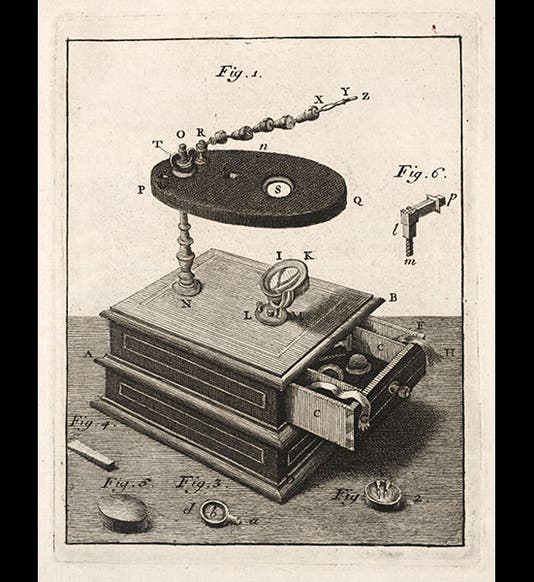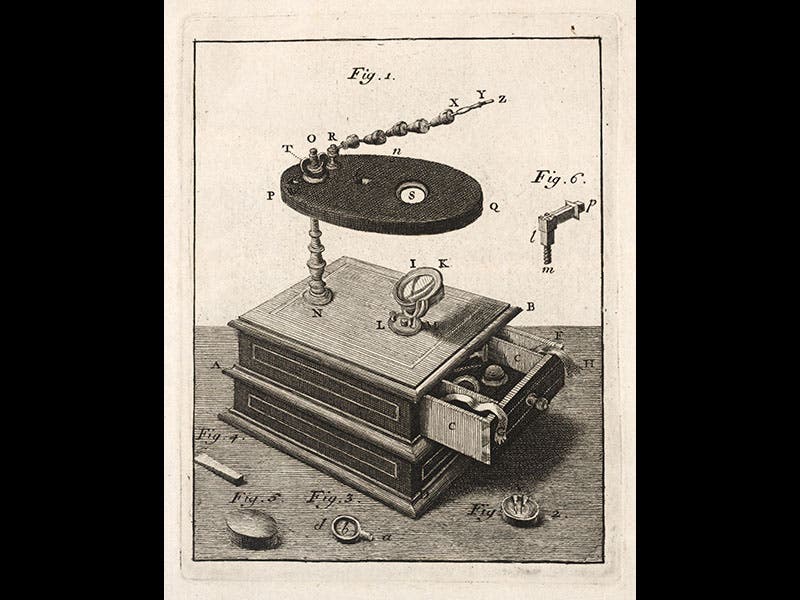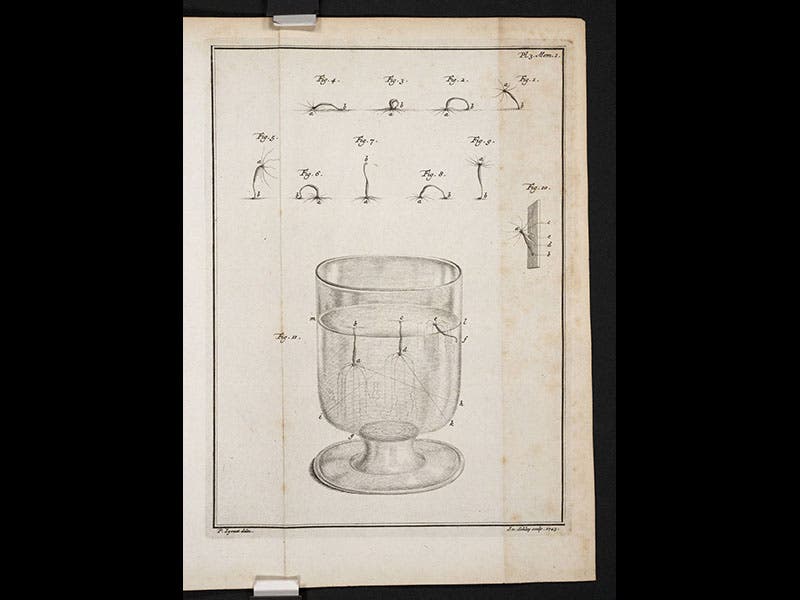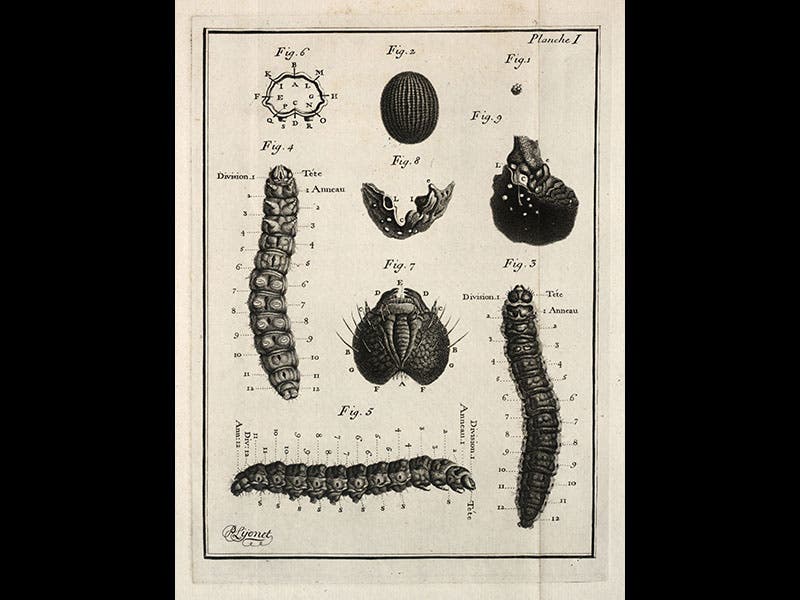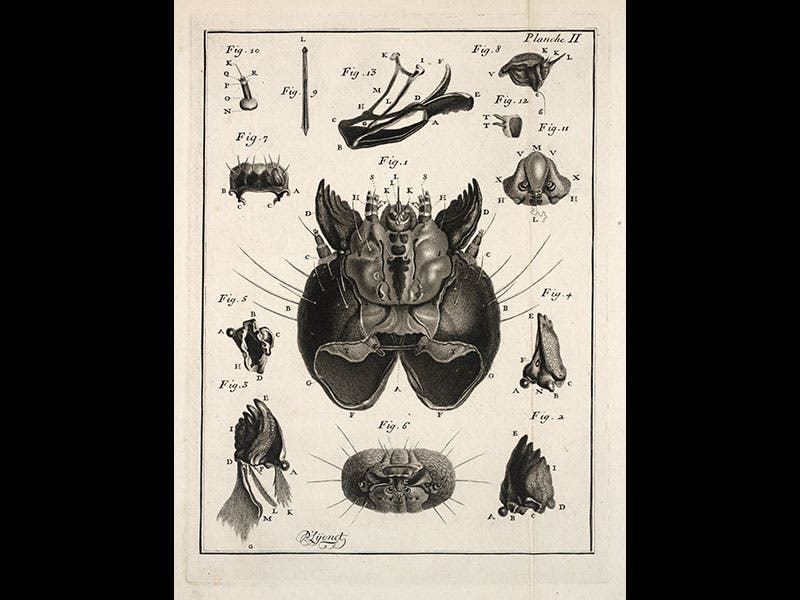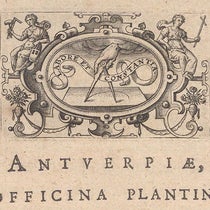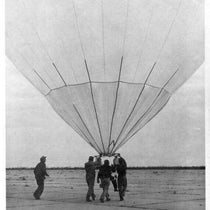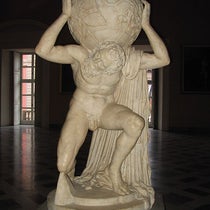Scientist of the Day - Pierre Lyonet
Pierre Lyonet, a French illustrator and microscopist, was born July 22, 1708. Lyonet did most of the drawings for Abraham Trembley’s classic Mémoires pour servir à l’histoire d’un genre de polypes d’eau douce (Memoir on Fresh-Water Polyps, 1744), which revealed that tiny Hydra, the miniature medusa-like denizens of swamp water, could regenerate all their missing parts after being cut into pieces (see second image above).
Having earned his spurs at Trembley’s microscope and the drafting table, Lyonet set off on his own, and in 1762 he published Traité anatomique de la chenille qui ronge le bois de saule (Anatomical Treatise on the Willow Caterpillar), which, in numerous engravings, showed every single muscle, nerve, organ, and duct of what we now call the goat-moth caterpillar (third, fourth, and fifth images). The drawings were so detailed that some critics doubted that that such precise observation was possible. In fact, the details were real. Lyonet made his observations with a single-lens microscope of his own design, with the lens suspended on the end of a tiny segmented arm which could be easily moved around over the dissecting table, an integral part of the microscope (first image).
In our 2009 exhibition, Singular Beauty, we displayed several single-lens dissecting microscopes similar to Lyonet’s, and we also exhibited Lyonet’s book on the willow caterpillar. This exhibit is unfortunately not available online.
Dr. William B. Ashworth, Jr., Consultant for the History of Science, Linda Hall Library and Associate Professor, Department of History, University of Missouri-Kansas City. Comments or corrections are welcome; please direct to ashworthw@umkc.edu.

